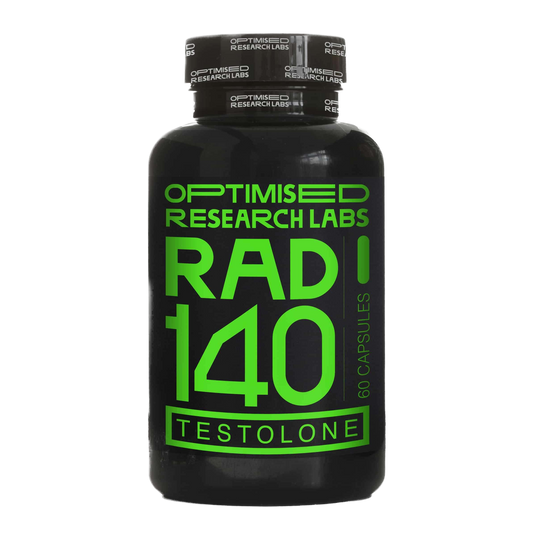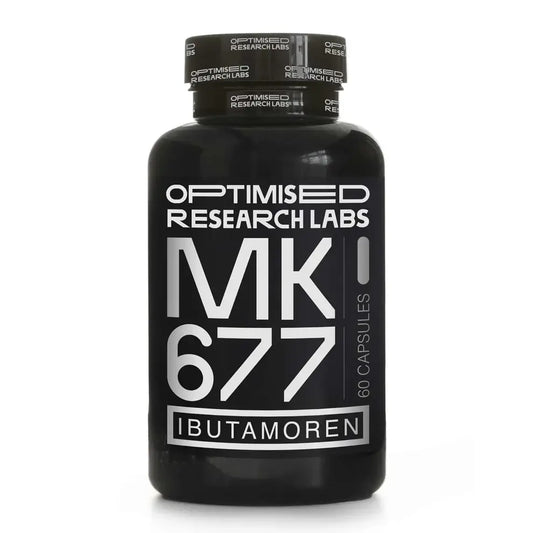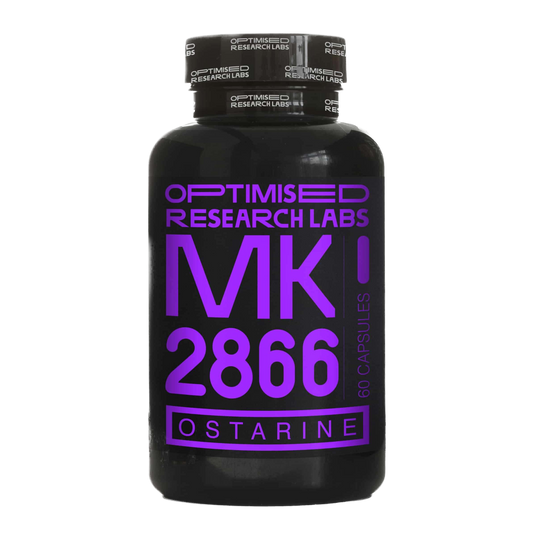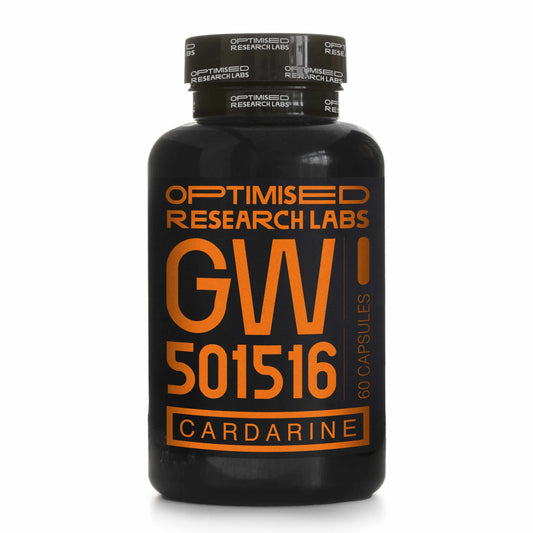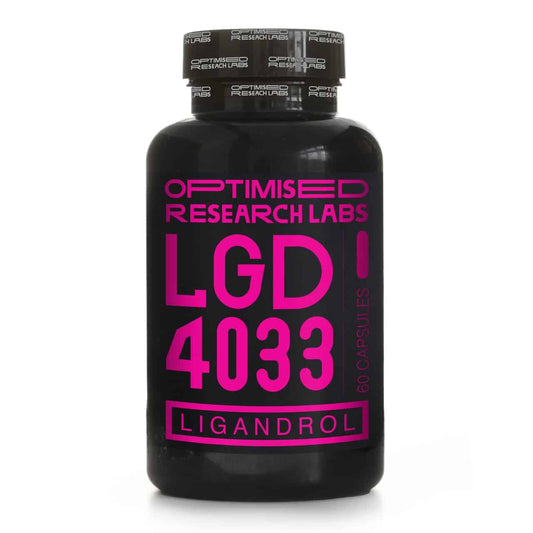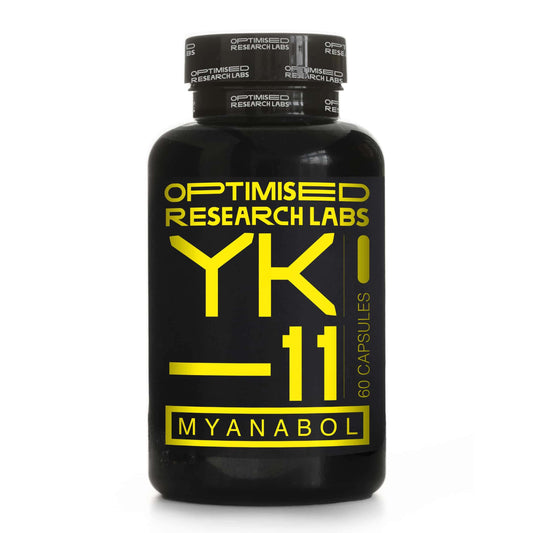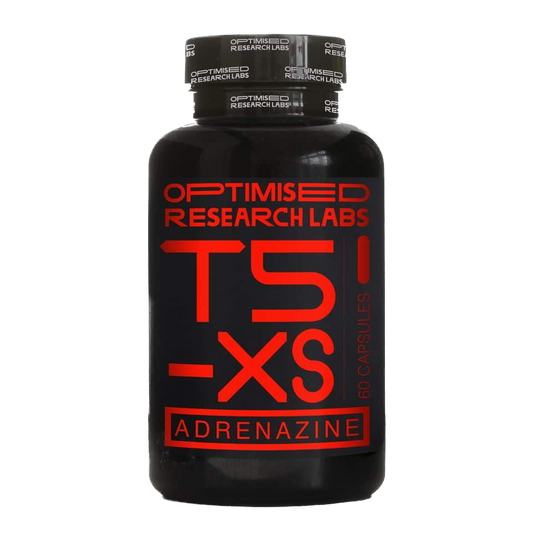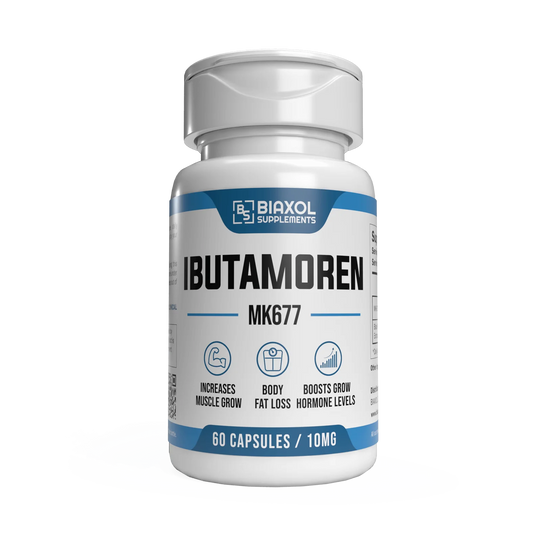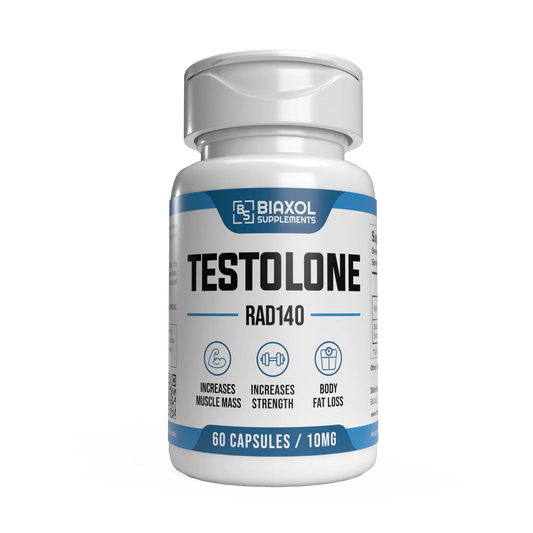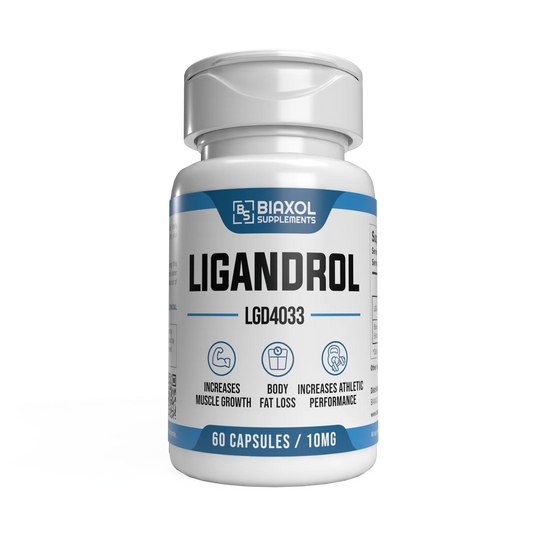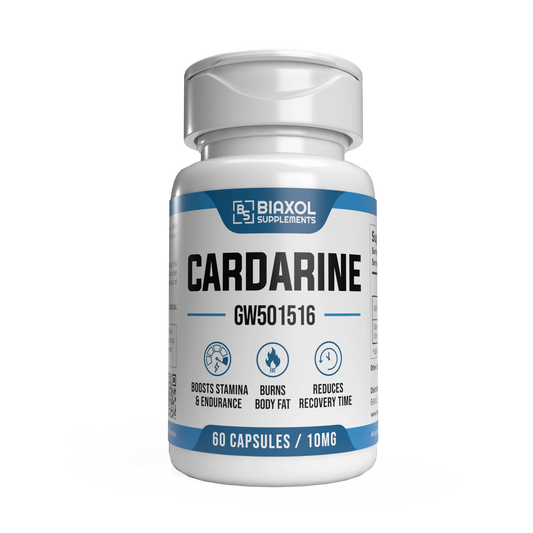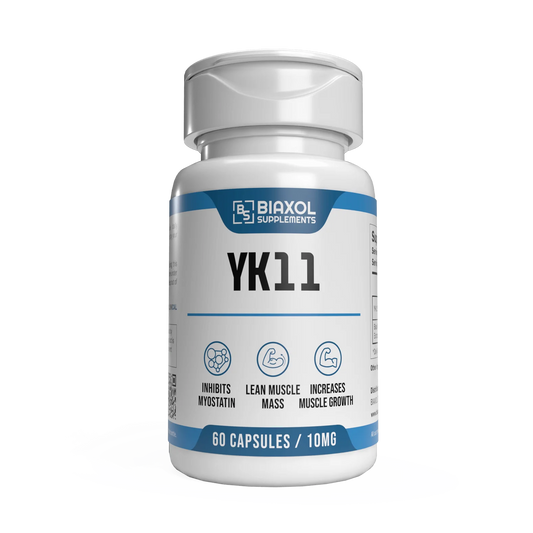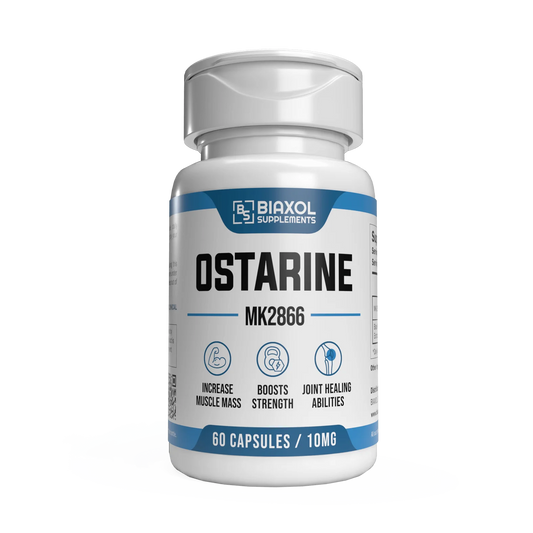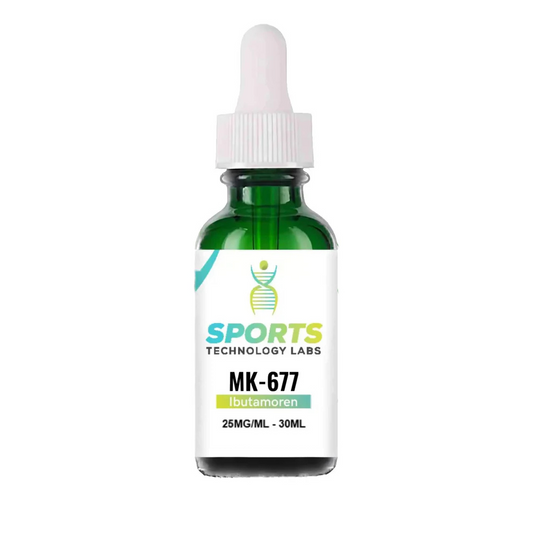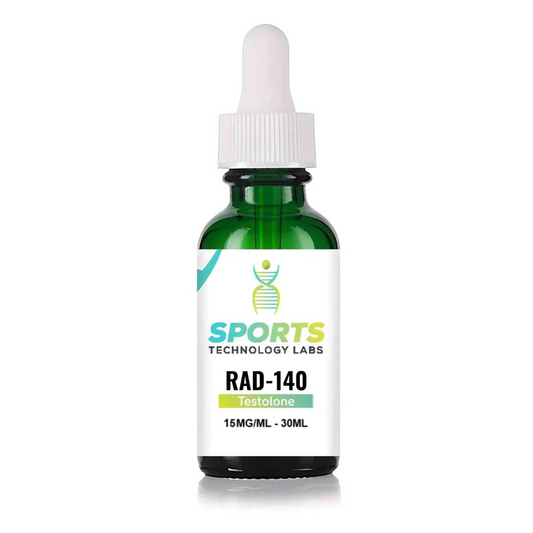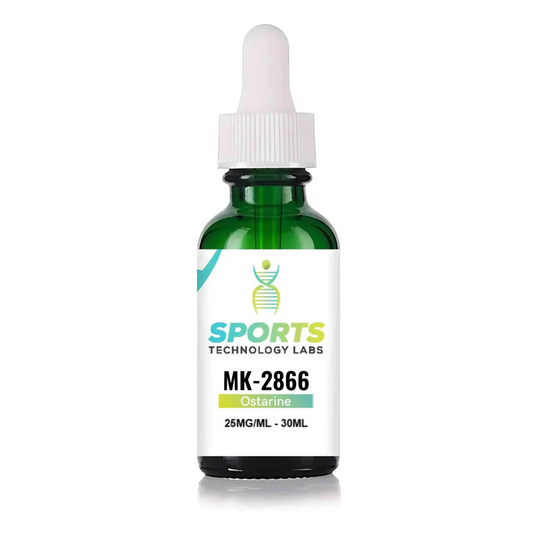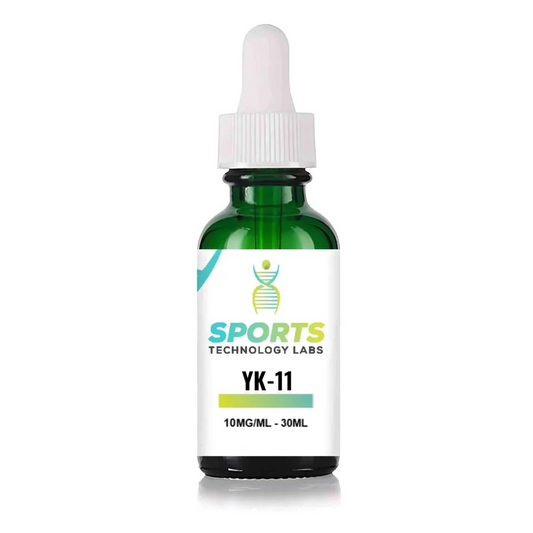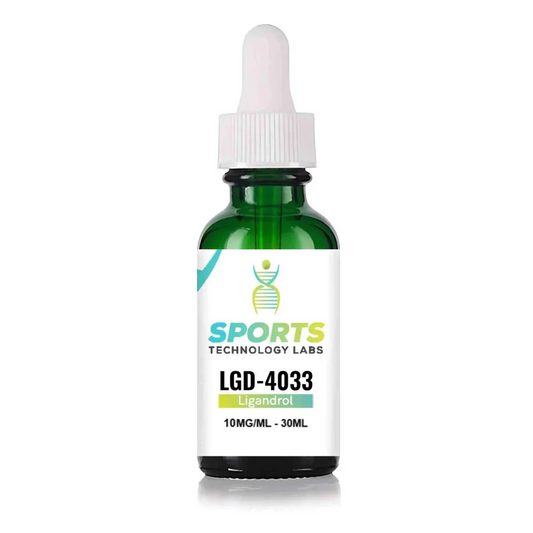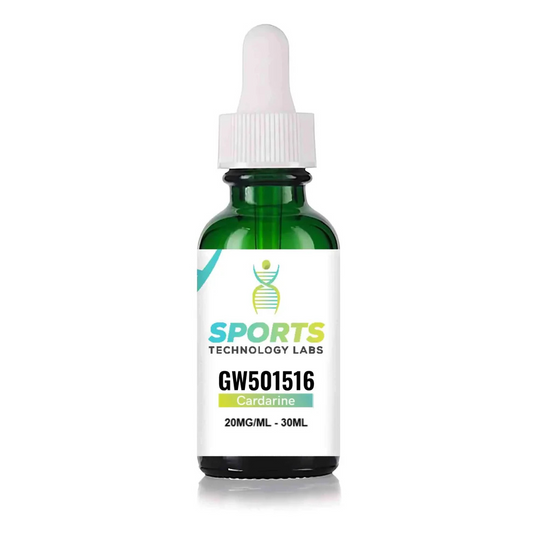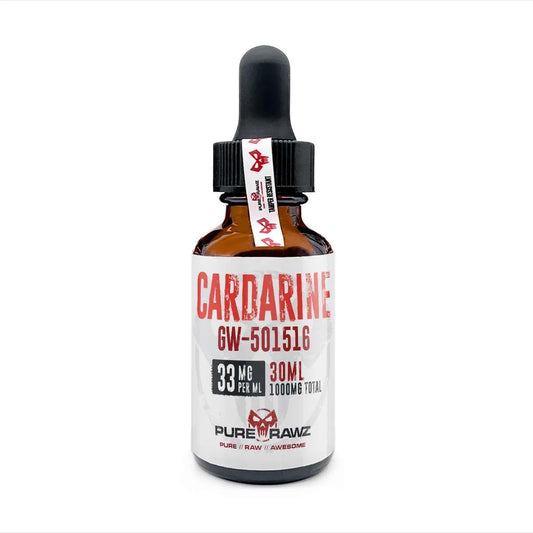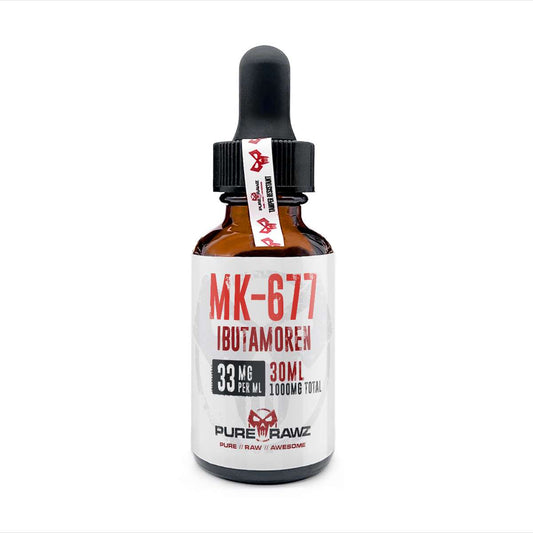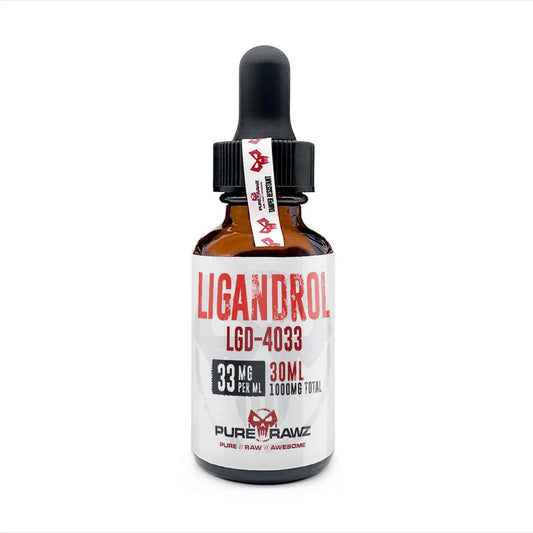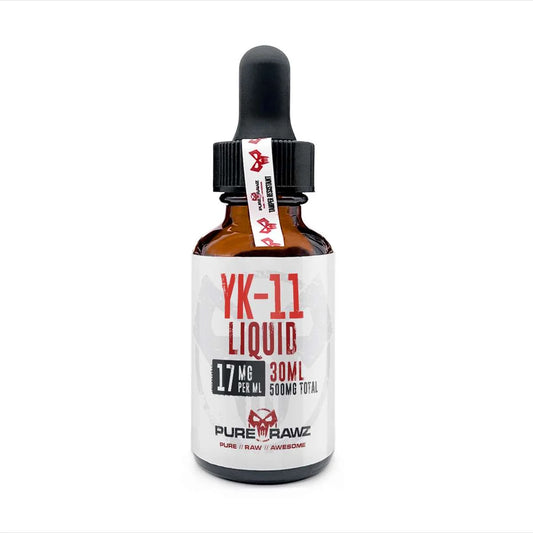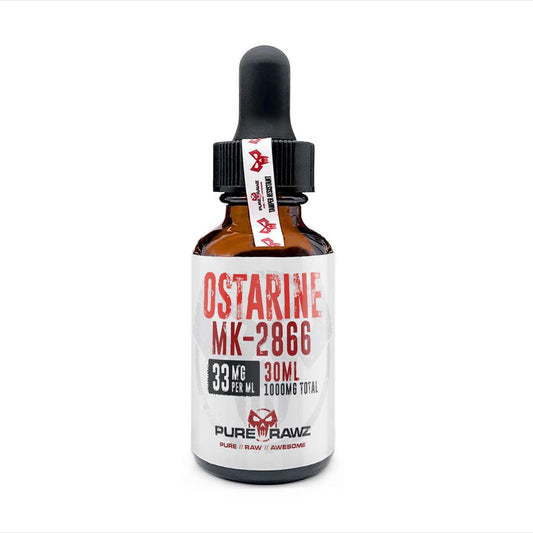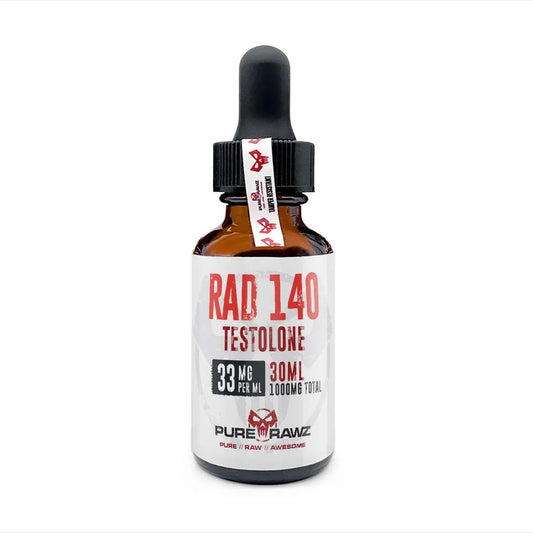6 Types Of SARMs, Differences, Benefits, & Side effects
An Introduction to the 6 Different Types of SARMs
There are various types of SARMs on the market, each differing in their physical and chemical properties. These differences influence their potential research benefits and associated side effects.
Preliminary research has indicated the potential of SARMs in sports medicine and other therapeutic fields currently under investigation. Some SARMs have garnered more attention from researchers due to their promising benefits emerging from animal studies.
Selective Androgen Receptor Modulators (SARMs) are distinct from anabolic steroids, as they are nonsteroidal compounds that act as modulators of androgen receptors (ARs). When these substances bind to androgen receptors, they trigger anabolic effects. Researchers are highly interested in these compounds for their potential in performance enhancement and as therapeutic agents for conditions involving muscle loss, such as sarcopenia.
The impact of SARMs on muscle tissue and muscle mass is a subject of ongoing study. SARMs have not been approved by the FDA for personal use and are classified as investigational compounds rather than dietary supplements.
This guide will help you understand the different types of SARMs available and their respective functions.
Three Things to Know about SARMS
SARMs are a largely misconstrued class of compounds. What they are, and what they do are not fully understood. These three points will hopefully bring some clarity to SARMs.
SARMs vs Steroids
SARMs are similar to the natural ligands for androgen receptors (male hormones like testosterone and dihydrotestosterone) but are tissue-selective. Unlike anabolic steroids, SARMs do not cause the virilizing side effects typically associated with steroids, such as hair loss, acne, and prostate enlargement.
Most SARMs are also orally bioavailable, unlike steroids, which have minimal oral bioavailability and must be injected. This makes SARMs easier to administer to test subjects for investigational purposes.
SARMs Are Legal to Buy in the UK
SARMs are approved in the UK as investigational compounds. They are not approved as supplements or medicines but can be purchased legally for research purposes only.
SARMS Research Is Ongoing
SARMs & Disease
A number of benefits of SARMs are now emerging. A 2019 review that was published in Sexual Medicine Reviews showed that SARMs may be useful in managing a variety of conditions, including breast cancer, cancer-related cachexia, hypogonadism, and benign prostatic hyperplasia (BPH), also known as prostate gland enlargement.
SARMs & Healing
Researchers are also exploring the potential usefulness of SARMs in sports medicine. According to research, SARMs may enhance sports performance and facilitate tissue recovery after injury. More studies must be conducted to validate these claims.
Types of SARMs
There is a wide variety of SARMs currently on the market. They are similar because of their anabolic properties but have different mechanisms of action and therefore have different effects. SARMs are not anabolic steroids. Below we have listed and expounded on six types of SARMs with significant research potential.
1.Testolone (RAD 140)
Testolone is a typical SARM that selectively binds to androgen receptors. It’s widely sought after because of its anabolic properties with a high anabolic-to-androgenic ratio of 90:1. It is not hard to find RAD 140 for sale online.
According to a recent study, it may eventually be used in sports medicine to increase lean muscle mass and endurance and to trigger weight loss. Researchers are exploring its neuroprotective properties that may be useful in treating Alzheimer’s and other neurodegenerative diseases.
[BROWSE OUR BRANDS OF RAD 140]
2. MK-677 (Ibutamoren)
MK-677 is a ghrelin receptor agonist that increases the levels of growth hormone and the levels of insulin-like growth factor one. MK 677, also know as Ibutamoren, has been used in research studies to reverse muscle atrophy diseases like sarcopenia.
A study that was published in The Journal of Clinical Endocrinology & Metabolism in 1998 showed that Ibutamoren reverses protein catabolism induced by poor diet. The study further stated it may be used to increase lean muscle mass and bone density.
[BROWSE OUR BRANDS OF MK 677]
3. MK-2866 (Ostarine)
Ostarine is an orally active and typical SARM with selective action at the androgen receptors. Research has shown it has potential benefits in burning fat and building muscle mass.
Research also states it has potential uses in improving performance and preventing cachexia (severe muscle wasting) and may also be useful in increasing lean body mass in mammals with cancer without causing severe side effects.
[BROWSE OUR BRANDS OF OSTARINE]
4. YK- 11 (Myostatin)
YK-11 is a SARM that’s created by modifying the structure of dihydrotestosterone. This means that it has a structure that’s quite similar to that of typical steroids. It acts as a myostatin inhibitor and hence promotes muscle growth.
YK-11 also increases follistatin levels giving it potent anabolic properties.
[BROWSE OUR BRANDS OF YK-11]
5. Cardarine (GW501516)
Cardarine is an “atypical” SARM. It is a selective agonist of the PPAR (peroxisome proliferator-activated receptors), a group of steroid and thyroid proteins involved in regulating metabolism.
Research has shown that it may increase endurance and promote muscle recovery during exercise. It may also increase insulin sensitivity, improve HDL/LDL cholesterol, and promote fat loss
[BROWSE OUR BRANDS OF CARDARINE]
6. LGD-4033 (Ligandrol)
LGD 4033, or Ligandrol, is a potent SARM that selectively targets muscles and bones, promoting growth and increasing density while minimising other effects.
Research indicates that LGD 4033 can boost lean muscle mass, strength, and muscle recovery. Its oral bioavailability makes it easier to administer than injectable steroids.
[BROWSE OUR BRANDS OF LGD 4033]
Application Reminder and the FDA
These are the SARMs researchers should be most familiar with. Research has shown that SARMs have wide applications in muscle wasting disorders, such as assisting muscle mass in those with sarcopenia, but researchers must remember that the FDA has not yet approved SARMs for personal use.
Most athletic leagues currently forbid the use of SARMs. It’s important to know the legal status of SARMs in your jurisdiction before purchasing any of the different types of SARMs.
Where to Buy SARMs
Now that you know more about the different types of SARMS, you can purchase SARMs for investigative purposes from several online sources.
It’s very important to ascertain the quality of SARMs before purchasing any. One study found that only 52% of SARMs that are on the market are genuine, and some SARMs contain a compound such as growth hormone.
Other companies will produce counterfeit certificates of analysis to mislead customers, risking their research subject’s health and well-being in the process.
Be sure to do your due diligence when purchasing one of the different types of SARMs by checking on false claims, online reviews, and the certificate of analysis to ensure that what you’re buying is safe and meets industry standards.
Visit the Smart Sarms Blog for News & Information about SARMs
Look no further than Smart Sarms for the best and highest quality SARM brands, including, RAD 140, Ligandrol, Ostarine, MK 677, and other SARMs.
Visit the Smart Sarms research blog for information about new products, updates in the industry, side effects, new scientific literature, and product comparisons.
